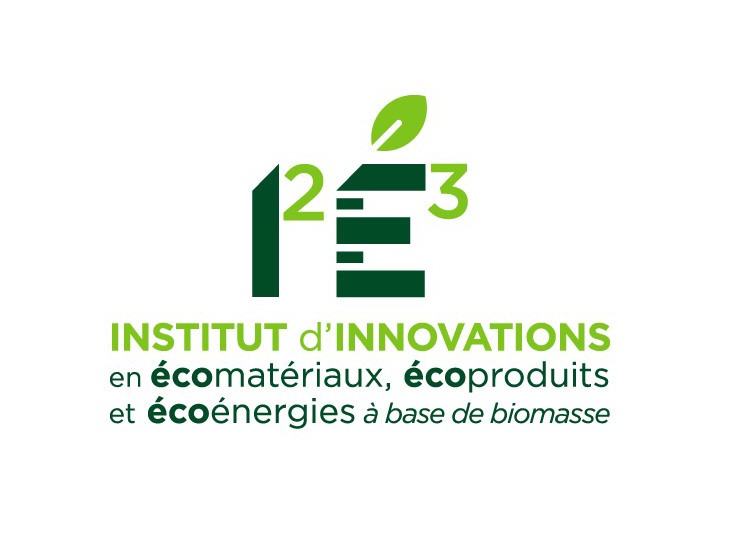Nguyen-Tri Lab
laboratories
In Nguyen-Tri Lab Laboratory of Advanced Materials for Energy and Environment we have a variety of equipments divided between two locales located on the 1st and 2nd floor of the CIPP building of Institut innovations en Écomatériaux, Écoproduits et Écoénergies (I2E3), which is also the main site of Centre d’innovation des produits cellulosiques (Innofibre). It is the principal place to carry out research activities of Nguyen-Tri Lab. Our laboratories are equiped with a variety of equipments from basic to advanced for the development, characterization and application of advanced materials.
Local 1142
Local 2122
Equipment
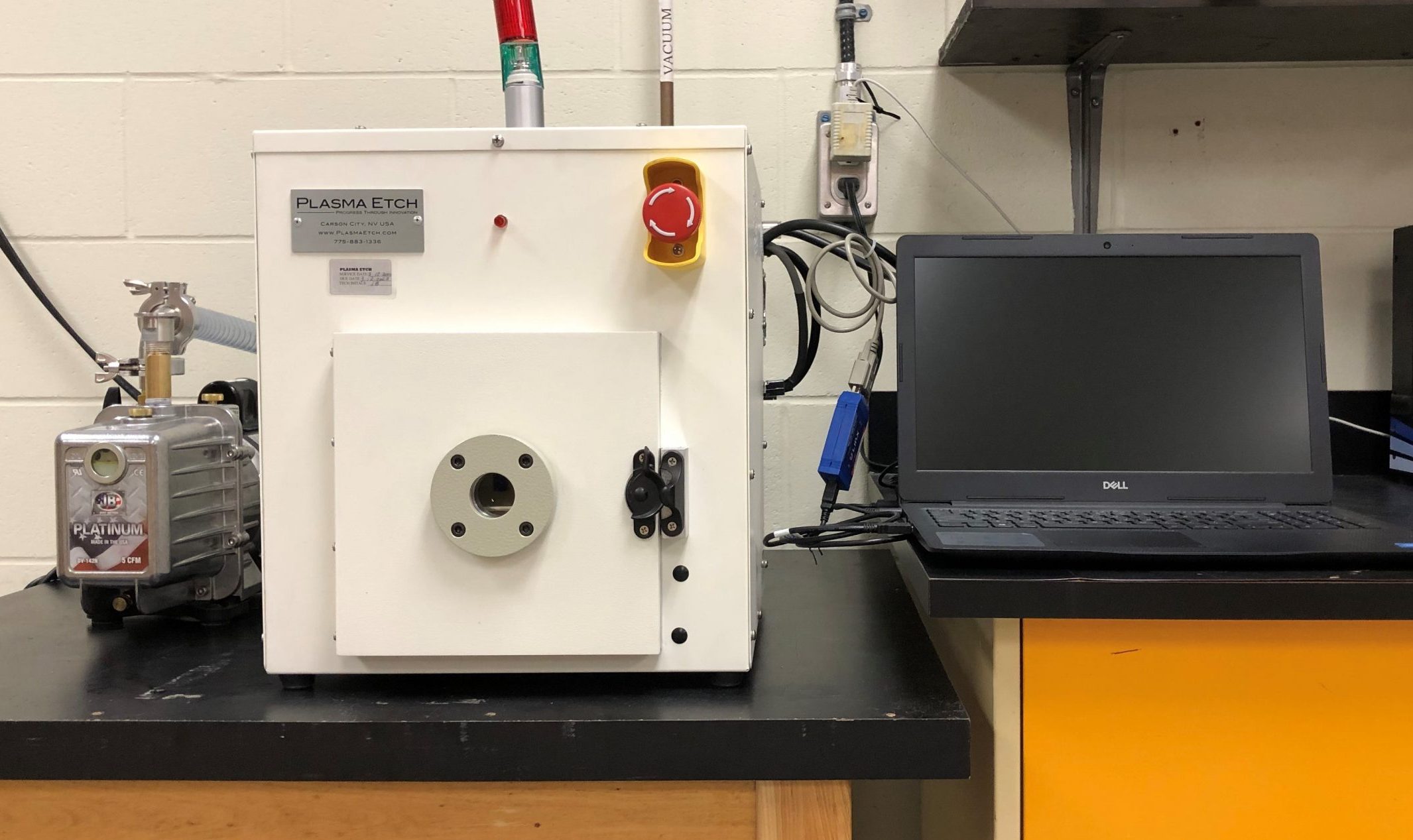
PE-50 Venus Plasma Etcher is a compact system for surface cleaning, etching and modification. This system includes computerized gas valves for highly accurate and repeatable gas flow rate control. It is also equiped with a laptop loaded with control software for fully automatic system operation, multiple recipe storage, data logging/trending, events/alarms, and multi-step sequencing. In Nguyen-Tri Lab, the PE-50 Venus Plasma Etcher is used for the surface modification of fabrics and nanomaterials.
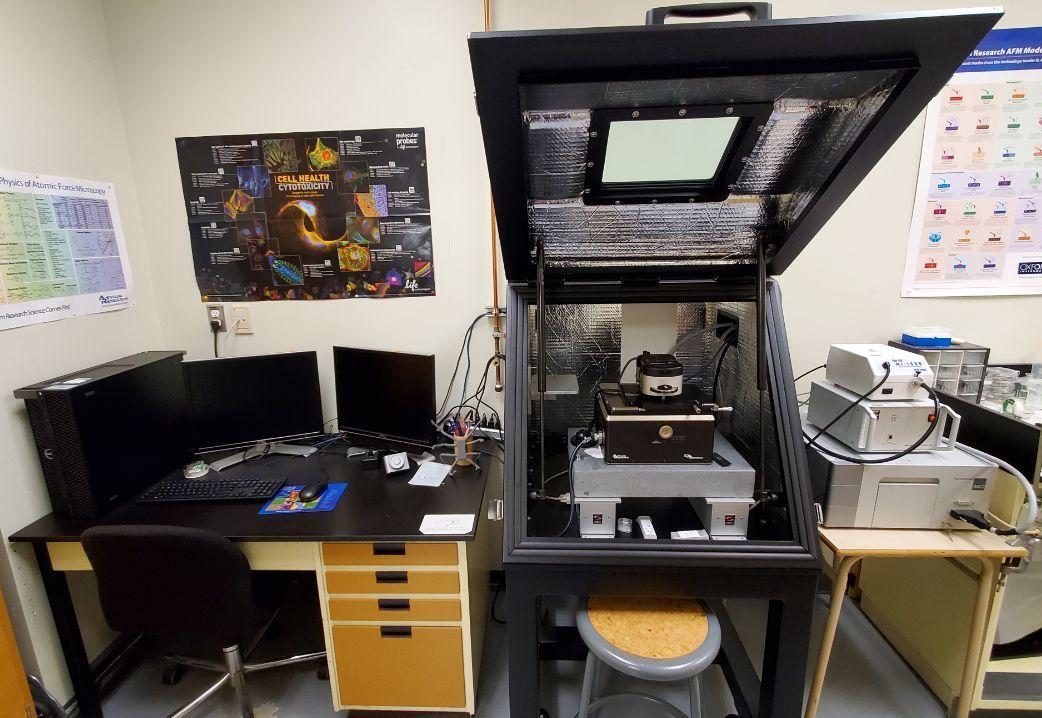
MFP-3D is an atomic force microscopy (AFM) device of Asylum Research. It allows visualization and measurements based on 3D data and probe-sample interactions of surface structures. It also offers high-resolution imaging, supports large samples, most imaging modes, and many accessories. It can perform scans from atomic resolution to huge 120 µm areas, providing uncompromised AFM performance integrated with optical microscopy. This instrument comes along with software containing powerful algorithms, allowing the implementation of various analyses, including cross-sectional analysis, roughness measurement, depth analysis, histogram analysis. The device is suitable for diverse applications i.e. polymers (morphology and nano-mechanics, the organization in blends and copolymers, interface properties), thin Films (morphology and uniformity, hardness and wear properties), bioscience and biophysics, electronic devices, and other advanced materials.
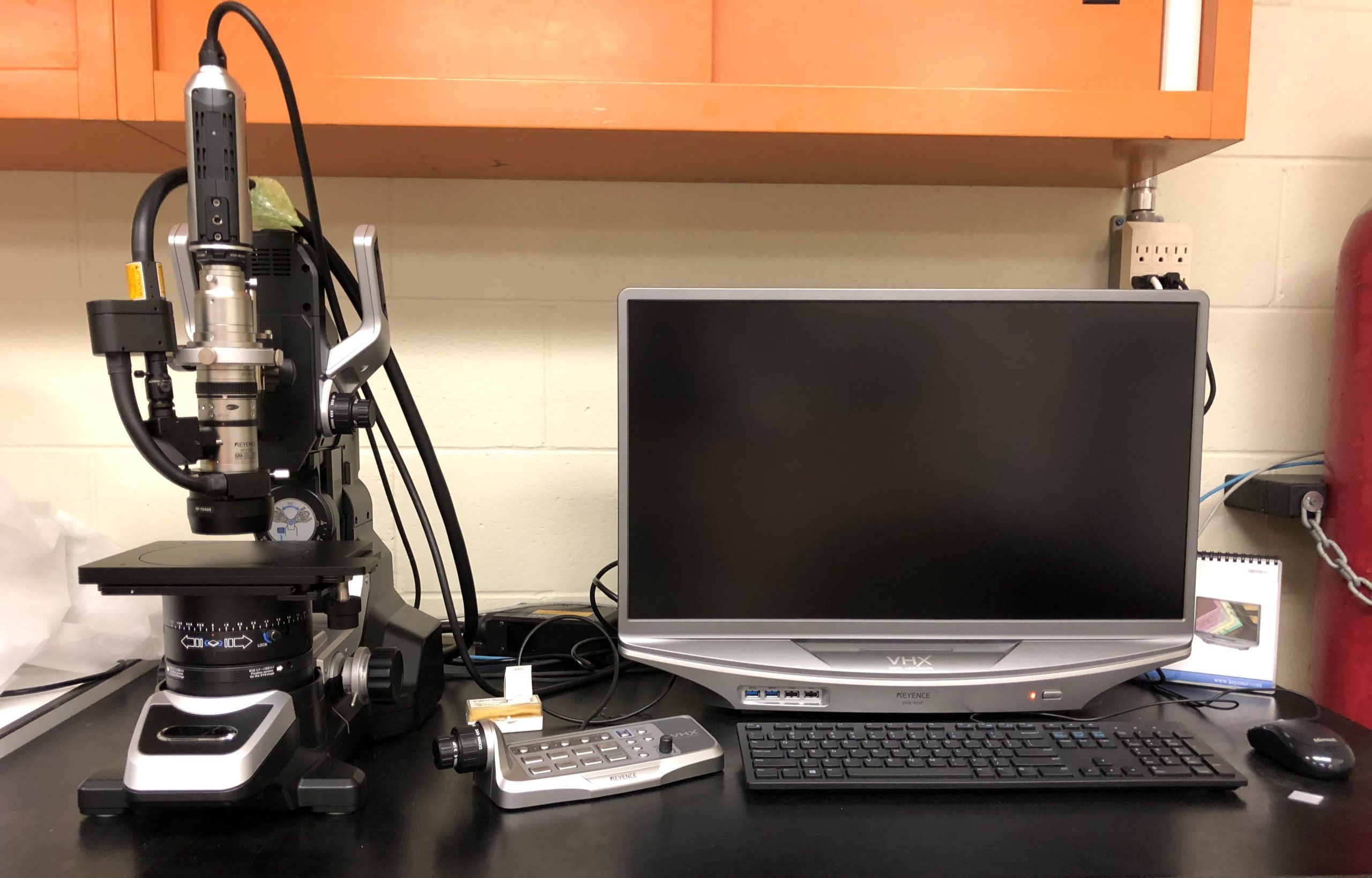
VHX-S600E is a digital microscope in the VHX-7000 series designed by Keyence, which is the world’s first 4K ultra-high accuracy digital microscope series. It is equipped with a fully automated console that allows to easily control all components: from adjusting the focus to changing magnification. In addition, adjustment mechanisms allow easy field-of-view alignment, rotation, and oblique axis motion. Eucentric design ensures that the target stays centered in the field of view, even if the lens is tilted or rotated. Both reflectance and transmittance lights are available in a variety of modes. Owing to a newly developed imaging engine and a universal lens, the magnification can be adjusted between 20x to 1000x simply by turning the knob. VHX-S600E also comes with powerful and intelligent software that allows a variety of easy, real-time, and accurate measurements from 2D measurement to 3D contours and surface roughness. In Nguyen-Tri Lab, the VHX-S600E microscope is used for surface morphology studies of textiles as well as polymer crystallization.

VHX-S660E is another version in the VHX-7000 series with several upgraded features. It has a dual-objective zoom lens that allows observation at a wide magnification range of up to 2000x without the need to lens change. In addition, the observation can be tailored to the target using mixed lighting with main-unit control, or versatile lighting using various optical adapters. The main observation modes include brightfield, darkfield, mixed lighting, and polarized lighting. The microscope is also equipped with a motorized stage, allowing easier and faster adjustment of observation. The VHX-S660E microscope comes with a heating and freezing microscope stage (THMS600, Linkam) with 0.01°C accuracy and stability providing a temperature window of <-195°C to 600°C. The set-up is ideal for, but not limited to, the crystal growth investigation of a variety of materials especially spherulitic development of polymers thanks to the integrated light polarising filters.
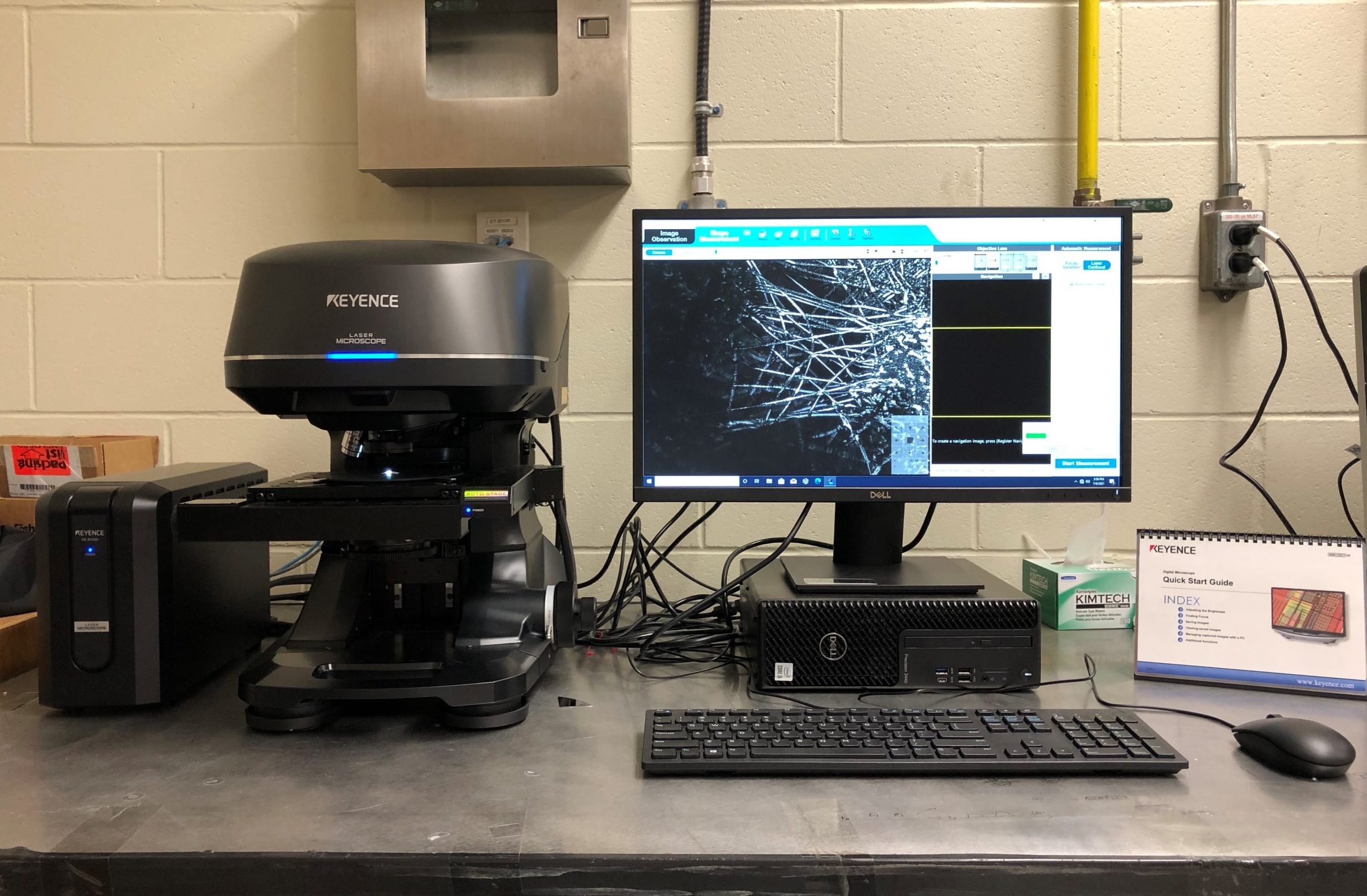
VK-X1000 3D laser confocal microscope can produce high-resolution 3D images to analyze and characterize different surfaces. It uses two light sources, white light for gathering color and a laser source for scanning the surface of an object and collecting detailed height information. The laser can scan in the XYZ directions to collect data throughout the entirety of the specified range. The result is a high-resolution, large depth-of-field, color image with nanometer-level height resolution for an accurate profile. The microscope utilizes new focus variation methods, enabling a rapid measurement to construct the 3D surface of the material. It also supports a wide variety of quantitative measurements, including volume/area measurement, planar measurement, film thickness measurement, and surface roughness measurement. The VK-X1000 microscope can also combine a lot of the functionality of an optical microscope, scanning electron microscope, and surface roughness gauge, but still, maintain the ease of use of an optical microscope. In Nguyen-Tri Lab, the VK-X1000 3D laser confocal microscope is used for quantitative studies on the morphology of fabrics and polymer crystals.
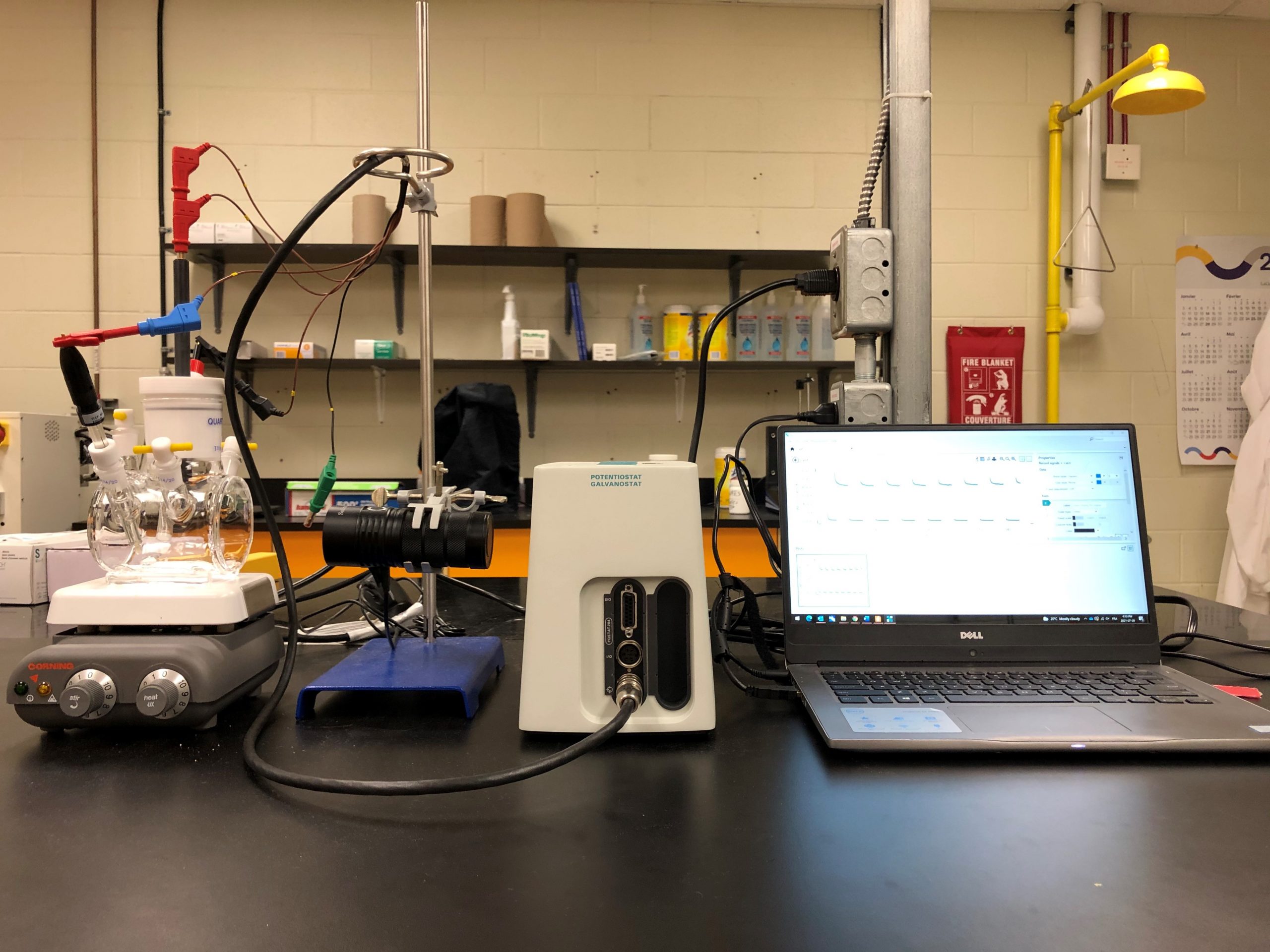
Autolab PGSTAT204 is a modular single-channel electrochemical workstation. The instrument includes a basic potentiostat/galvanostat with a compliance voltage of 20 V and a maximum current of 400 mA. The potentiostat can be extended at any time with an additional module, for example the electrochemical impedance spectroscopy (EIS) module FRA32M. Analog and digital inputs/outputs are available to control Autolab accessories and external devices are available. It also includes a built-in analog integrator. With the powerful NOVA software, it can perform a wide variety of electroanalytical techniques. In Nguyen-Tri Lab, the PGSTAT 204 is employed for measuring electrochemical properties of materials and perfoming electrocatalytic reactions.
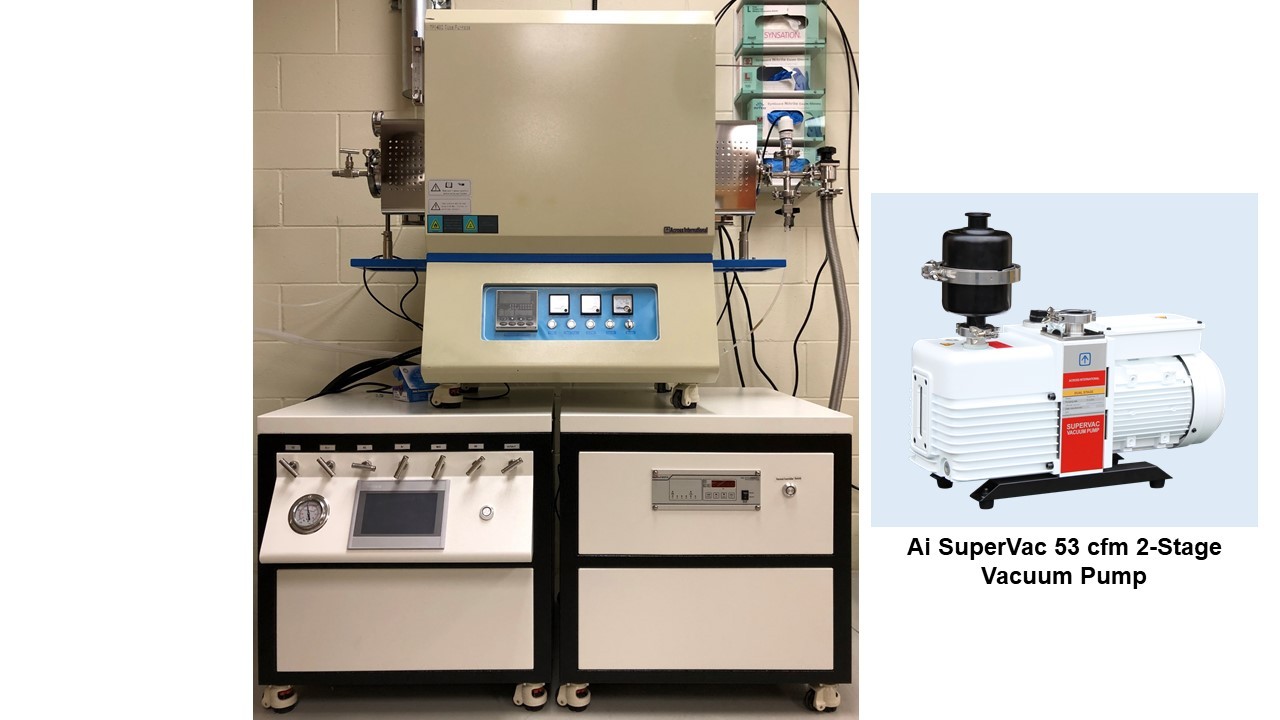
CVD Tube Furnace with Gas Mixing & Pumping System consists of a tube furnace, a 6-channel gas mixing system, and a high vacuum station. The tube furnace features a chamber with Mitsubishi® (Japan) alumina fiber insulation and SiC heating elements, allowing high working temperatures up to 1400oC. Its operation is controlled by Shimaden (Japan) 40-segment digital controller with high precision. The gas mixing system equipped with mass flow meters allows a high-precision mixing of multiple gases together to supply thermal processes in the tube furnace. The vacuum station is equipped with an Ai SuperVac 53 Cfm dual-stage pump and a digital gauge, enabling fast, stable and accurate vacuuming. In the Nguyen-Tri Lab, the CVD Tube Furnace with Gas Mixing & Pumping System is employed for high-temperature synthesis and modification of advanced materials under vacuum and special gaseous atmospheres.
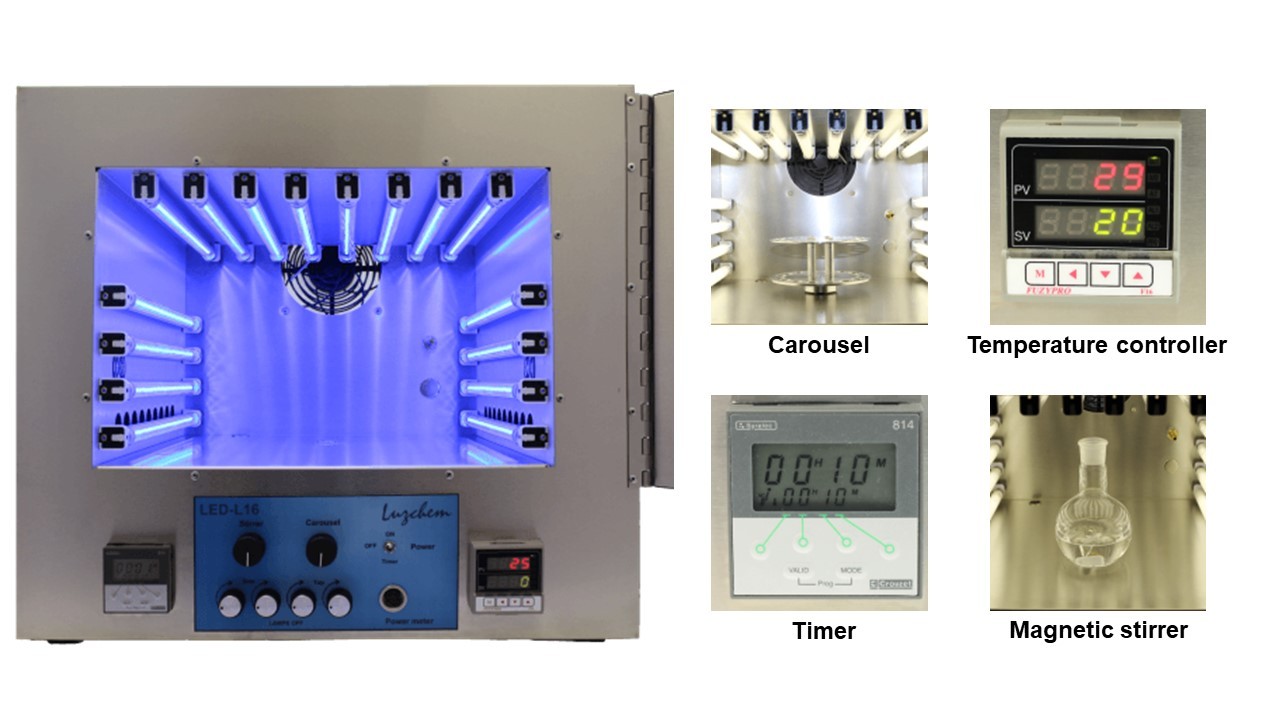
LED-16 is a benchtop photochemical reactor designed by LuzChem research Inc. It features a large closed chamber with 16 replacable LED lamps. This reactor is also equiped with a drive motor, a carousel for liquid samples and a turntable for solid samples, a recessed magnetic stirrer, a digital countdown timer, BLUE/GREEN calibrated power meter, and temperature controller for work from a few degrees above room temperature to 45°C. In Nguyen-Tri Lab, LED-16 is used for evaluating antimicrobial and antiviral photoactivity of developed materials and textiles.
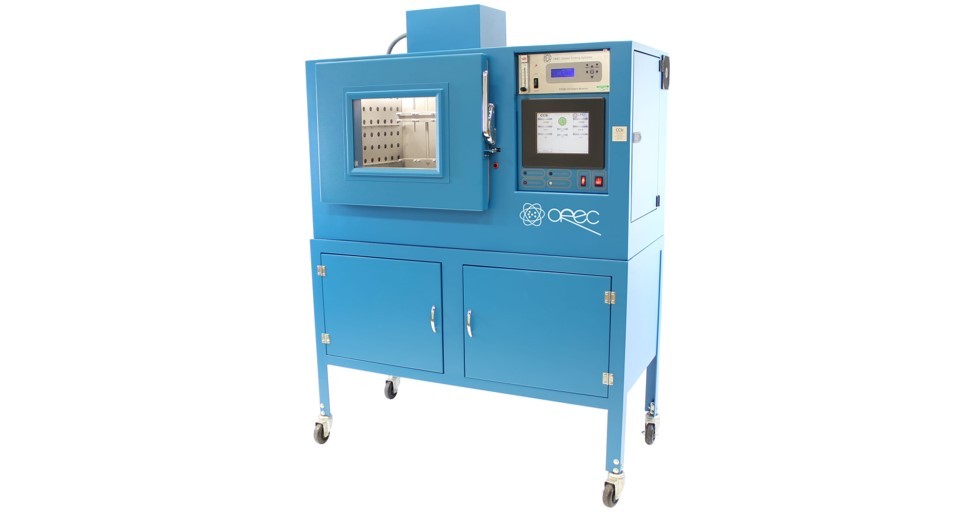
OREC-0550 is an ozone test chamber designed to study the short-term and long-term effects of ozone on the degradation and other properties of the sample materials. The chamber can produce ozone up to 250 ppm/vol at ambient or elevated temperatures (up to 90 °C). The chamber provides continuous ozone measurement and control in one self-contained unit. The measurement system employs the ultraviolet (UV) absorption principle for ozone measurement, without the need for chemicals. The chamber is paired with OREC ozone destruct unit that immediately neutralizes the ozone exhaust using a low-temperature oxidation catalyst with over 99% destruct efficiency. In Nguyen-Tri Lab, OREC-0550 is employed for studies on the properties of rubber.
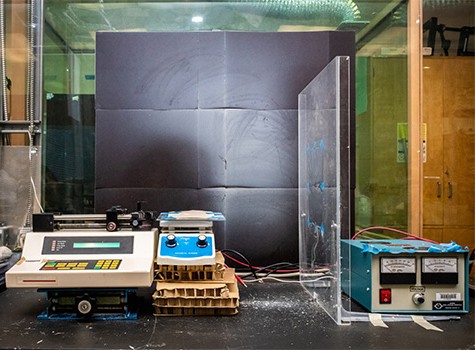
Electrospinning machine is a compact system for the small-scale fabrication of polymeric fibers. It has a simple design with a syringe pump, high-voltage power supply, and collector parts. Applied voltage, as well as flow rate and spinning distance between the needle and collector, are easily adjustable in side-by-side spinning, therefore enabling the fabrication of size-control fibers. In Nguyen-Tri Lab, the electrospinning machine is used to fabricate nano- and micro-fibers from a wide variety of natural and synthetic polymers for biological and environmental applications.
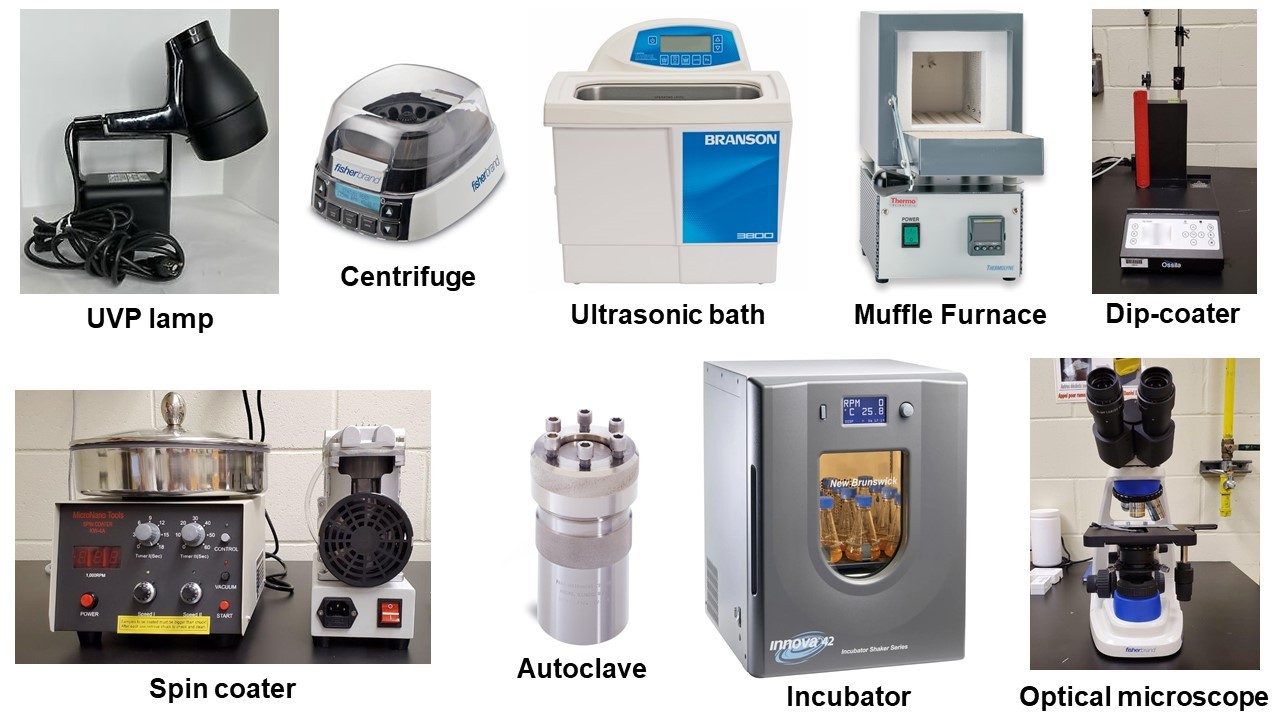
Nguyen-Tri Lab is also equiped with other basic equipment for the development of materials, including UVP lamp, high-speed centrifuge, ultrasonic bath, muffle furnace, dip-coater, spin coater, hydrothermal autoclave, incubator, and optical microscope.


